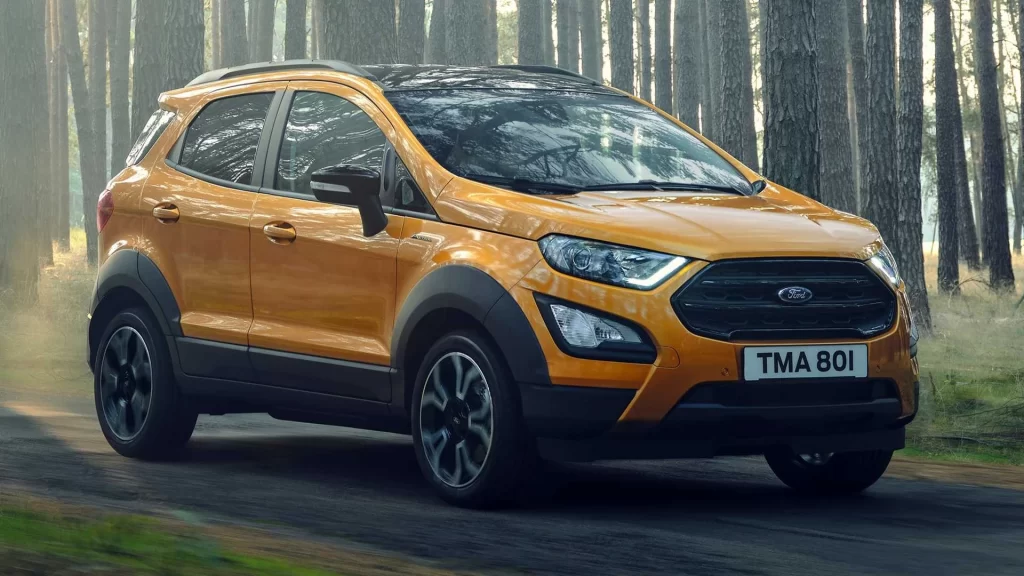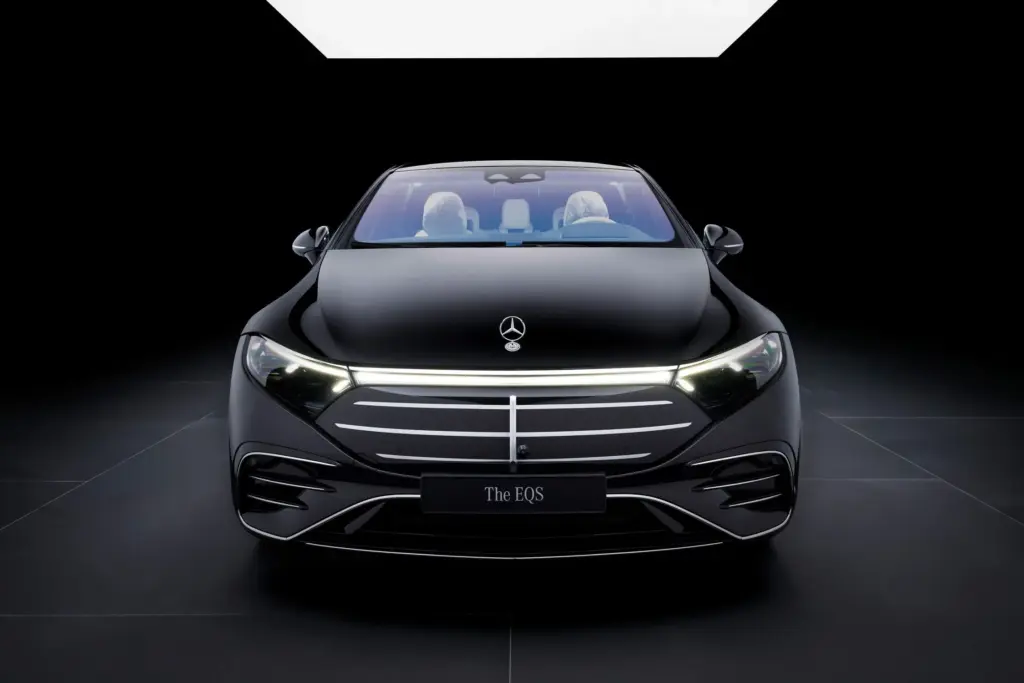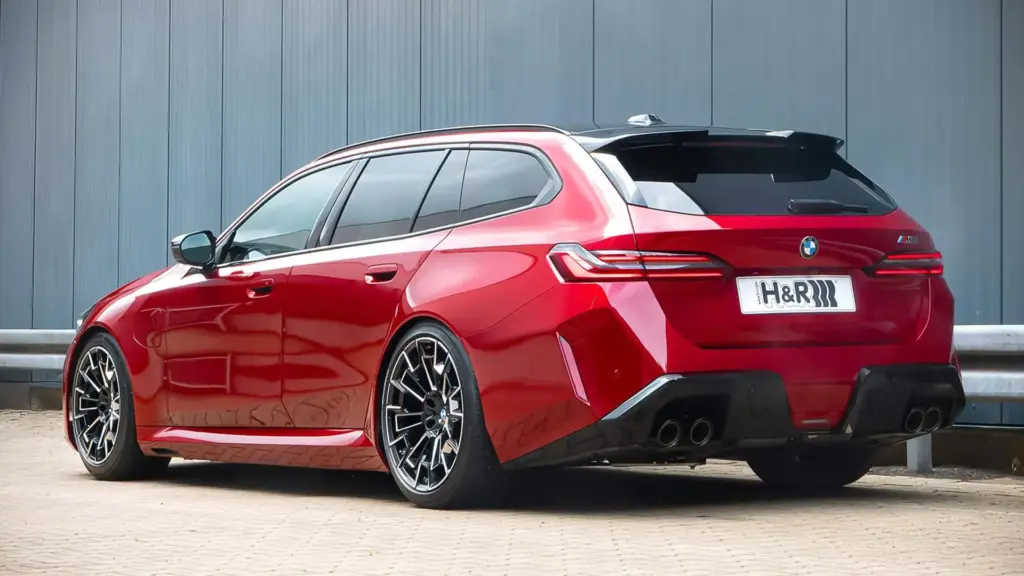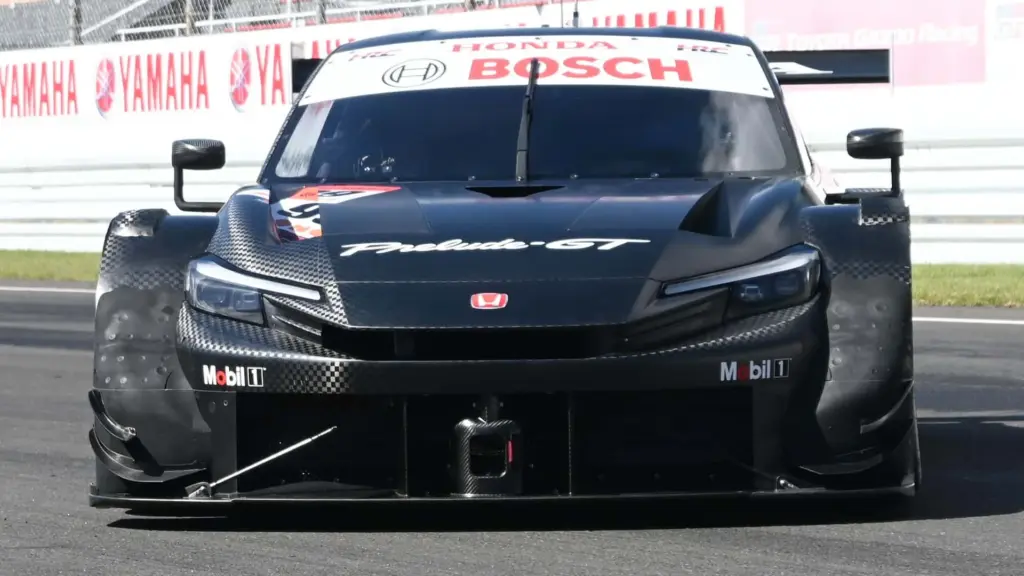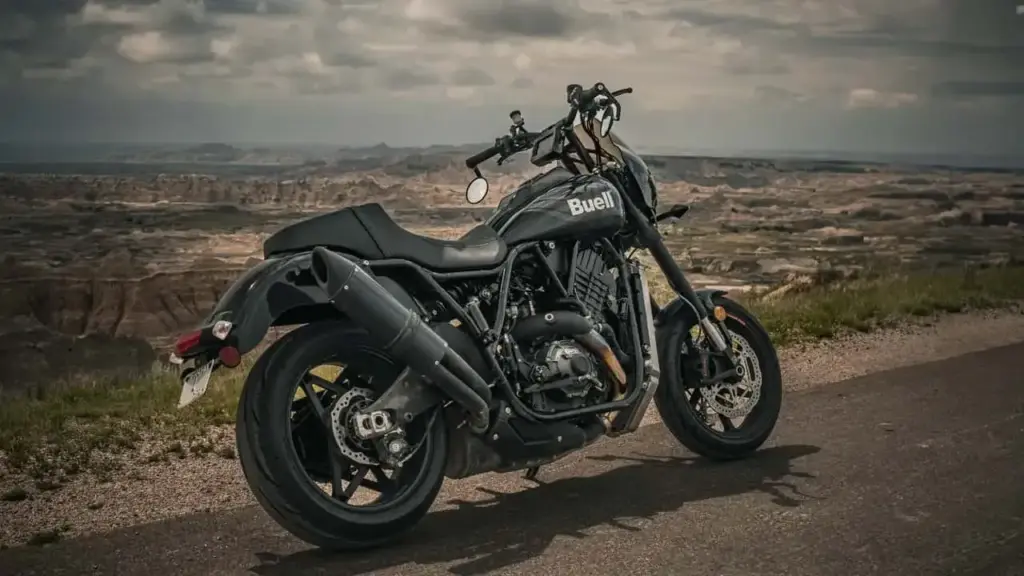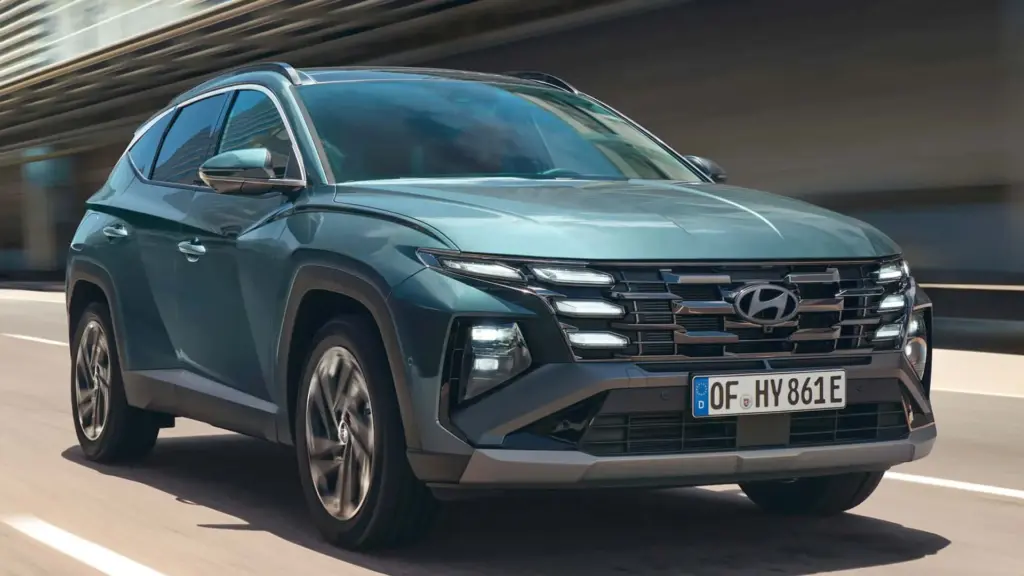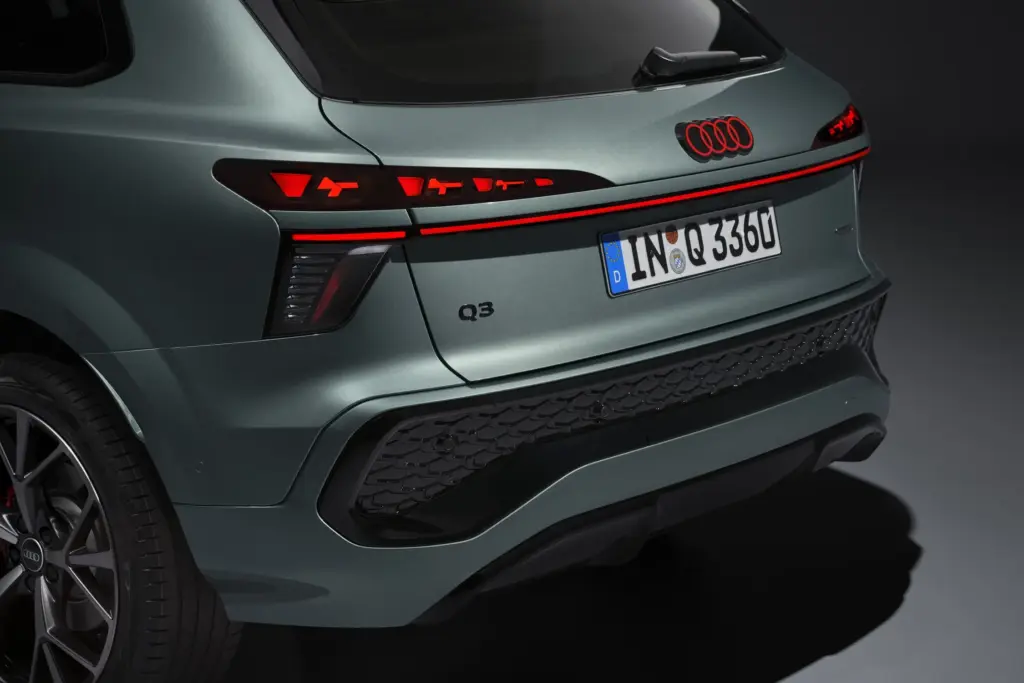The Ford EcoSport made a significant impact on the automotive market back in 2004, practically inventing the category of compact SUVs that are so popular today. With its charming looks derived from the Fiesta, it quickly became a favorite. However, as with anything, especially in its second generation (2012-2021), the EcoSport faced several complaints that kept many owners awake at night.
Let’s be honest: what car doesn’t have its quirks? The question is knowing what the EcoSport’s are and whether they can be lived with (or fixed without having to sell a kidney). In this comprehensive guide, we will uncover the 7 most reported problems of the Ford EcoSport and, more importantly, show you the ways to solutions. Ready?
Powershift Transmission: The Dual-Clutch Drama
Ah, the Powershift… If you own or plan to buy an EcoSport manufactured until 2017, you’ve probably heard (or experienced) the issues with this automated dual-clutch transmission. It promised fast gear shifts and fuel efficiency but delivered headaches for many. The symptoms are classic: the car shakes at low speeds, jerks like a roller coaster during gear changes, displays overheating warning lights on the dashboard, and, in severe cases, simply stops working.
Ford even ran campaigns and extended warranties, but many owners were still left stranded. The good news? Not everything is lost. Before panicking over astronomical repair quotes (yes, a full replacement can exceed $1,663!), check if your vehicle qualifies for any Ford programs. If not, look for a shop that specializes in this type of transmission. Often, a software update, a TCM module replacement, or merely the clutch kit can fix the issue. But be warned: this is the Achilles’ heel of many EcoSports.
Dragon Engine Timing Belt: A Costly Surprise
Starting in 2017, the EcoSport was equipped with the 1.5 Dragon three-cylinder engine. Modern and efficient… but there’s a sneaky detail: the oil-bathed timing belt. The manual suggests changing it around 100,000 km—an eternity! However, in practice, many owners have witnessed the belt’s disintegration much earlier, sometimes with only 31,000 miles on the odometer. The result? A disaster. Bent valves, engine stalling, smoke billowing from the exhaust, and potential costs of up to $1,330.
The apparent cause is either oil contamination or premature wear of the belt material. The golden rule here is: forget the manual at this point. Start visually inspecting the belt from around 25,000 miles and consider a preventative replacement long before the official timeline, always using OEM parts and adhering to Ford’s latest maintenance recommendations. It’s better to spend a little now than a lot later.
Noisy Suspension: Knock Knock, Who’s There?
Driving over potholes or speed bumps in an EcoSport can be quite… loud. Many owners complain about dry thuds, pops, and squeaks coming from the suspension, particularly in the front. Does it sound like the car is falling apart? Don’t panic; it’s usually not that serious. The culprits are often the control arm bushings, sway bars, and, of course, the shocks, which wear out and start requesting retirement.
The fix involves a thorough inspection of the suspension. Replacing worn components usually resolves the issue. A set of new shocks isn’t overly expensive (around $166 to $250, depending on the brand and model). And remember: after any suspension work, always perform an alignment and balancing to ensure proper driving and prevent uneven tire wear.
Suspension Parts to Monitor on the EcoSport:
- Shocks (front/rear)
- Control arm bushings
- Sway bars
- Shock mounts
- Ball joints
Overheating: The Ghost of the First Generation
If you have a first-generation EcoSport (2004-2012) equipped with the classic Zetec Rocam engine, keep an eye on the temperature! Overheating is a relatively common issue in these models. The blame often falls on the thermostat, which was originally made of plastic and could get stuck closed, hindering coolant circulation.
Other suspects include the radiator fan (the notorious “fan”) that may not kick in or the water pump that becomes less efficient. The solution is usually straightforward: replace the thermostat with a durable metal one and inspect the entire cooling system. Parts aren’t costly (typically between $33 and $83), but the damage from an overheated engine can be substantial. Don’t neglect it!
Power Windows and Locks: A Mind of Their Own?
Who hasn’t faced the issue of a power window deciding to take a vacation on a rainy day or at a toll booth? This isn’t rare in the EcoSport. Complaints about windows that stop working (or work when they want) and power locks that don’t respond to commands are frequent.
The problem might be in the simplest places, like a blown fuse or a faulty switch in the door button. But in some cases, the culprit is the power window and lock control module. The suggestion is to start with the basics: check the fuses and clean/test the switches. If none of that resolves the issue, an automotive electrician will need to assess the module, whose replacement could cost between $133 and $200.
Brakes: Worn Out Too Fast?
Some EcoSport owners, especially those with the Powershift transmission (there it is again!), report accelerated wear of the brake pads and disks. The transmission’s behavior can sometimes put extra strain on the brakes. You may also hear noises while braking or feel a “sponge-like” brake response.
There’s no magic solution here: it’s all about preventative maintenance. Pay attention to the replacement intervals. It’s a good practice to check the pads every 12,000 miles and the disks every 25,000 miles (or as per inspection). Using quality parts is crucial for safety.
Recommended Replacement Intervals for the EcoSport:
| Component | Average Interval | Average Cost (Parts) |
|---|---|---|
| Front Brake Pads | 12,000 – 18,000 miles | $41 – $67 |
| Front Brake Disks | 25,000 – 37,000 miles | $83 – $133 (pair) |
| Brake Fluid | Every 2 years | $17 – $33 (including labor) |
Interior Finishing: Noise and Early Wear
Okay, the EcoSport has never been known for its luxurious interior, but the number of complaints about squeaky plastics, poorly fitting parts, and rapidly wearing upholstery (fabric or synthetic leather) is considerable. That “symphony of crickets” from the dashboard or doors can be quite irritating in everyday driving.
For the noise, DIY solutions like applying adhesive felt or a touch of silicone at friction points can help. As for seatwear, there’s not much to be done: either use protective covers or tackle a restoration with an automotive upholstery shop, which can cost between $83 and $166 depending on the material chosen. It’s the price of a design that prioritized other areas (or saved on some).
Buying a Used EcoSport: Golden Tips
After reading all this, you might be wondering: “Is it worth buying a used EcoSport?” The answer is: it depends! It still has its strengths, such as a high driving position, a well-regarded design (especially of the second generation), and ample interior space for its category. But buying wisely is crucial.
Avoid units with a shady history, especially those equipped with the Powershift transmission without proof of maintenance or repair. Focus on models manufactured from 2017/2018 onward, which feature a conventional automatic transmission (not the Powershift) and the Dragon engine (but don’t forget about the belt!).
Essential Checklist When Evaluating a Used EcoSport:
- Check the recall history (Powershift, timing belt).
- Test the transmission (Powershift or automatic) in various situations.
- Listen closely for noises from the suspension when passing over bumps.
- Ensure window and lock operation.
- Inspect the timing belt’s condition (Dragon Engine).
- Check the cooling system (older models).
- Assess the wear of the brakes and the interior customizations.
Frequently Asked Questions About the EcoSport
- Does the EcoSport’s Powershift transmission have a permanent fix?
Answer: While repairs exist (clutch replacement, TCM, software), durability can vary. Many experts consider it a design with chronic flaws. The best long-term solution, if you want to avoid issues, is to opt for versions with a manual or conventional automatic transmission (post-2017). - Which EcoSport variant is the most reliable?
Answer: Generally, versions with a manual transmission tend to have fewer issues. Among automatics, models from 2018 onward with the 6-speed automatic (not Powershift) are seen as more robust in this regard. - Is the maintenance of the Ford EcoSport expensive?
Answer: Compared to other compact SUVs, the regular maintenance is not usually exorbitant. The problem lies in the high costs for specific repairs, such as the Powershift transmission or engine damage due to timing belt failure. - Is the EcoSport still worth it in 2024?
Answer: Yes, it can be worth it as long as the purchase is made with discernment. It’s a vehicle with a good design, pleasant driving experience, and versatility. Choosing a well-maintained unit and being aware of its potential issues can lead to a good deal in the used market.
The Ford EcoSport is a car with character that left a mark in its time, but it’s not perfect. Understanding its most common problems is the first step towards a more relaxed ownership experience or a safer purchase. Preventative maintenance and paying attention to warning signs are your best allies.
What about you? Do you have or have you ever owned an EcoSport? What was your experience? Share in the comments below and help fellow drivers!
Author: Fabio Isidoro
Founder and editor-in-chief of Canal Carro, he dedicates himself to exploring the automotive universe with depth and passion. A car and technology enthusiast, he produces technical content and in-depth analyses of national and international vehicles, combining quality information with a critical eye for the public.


